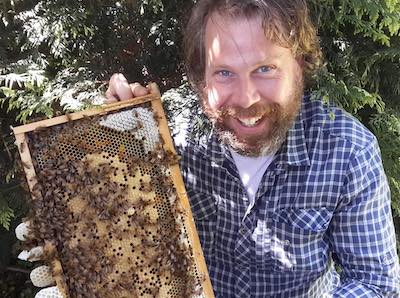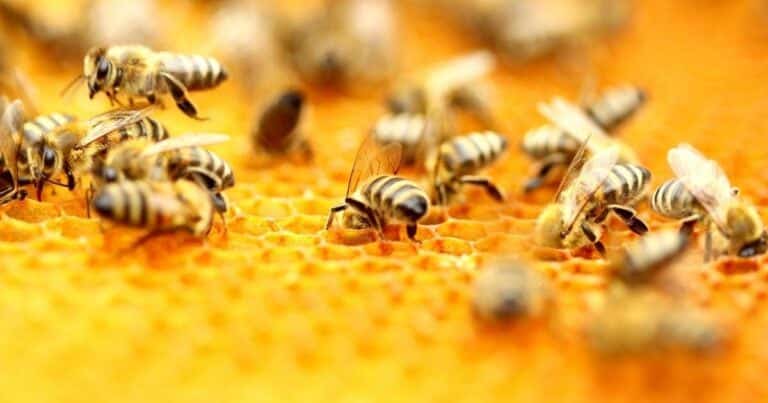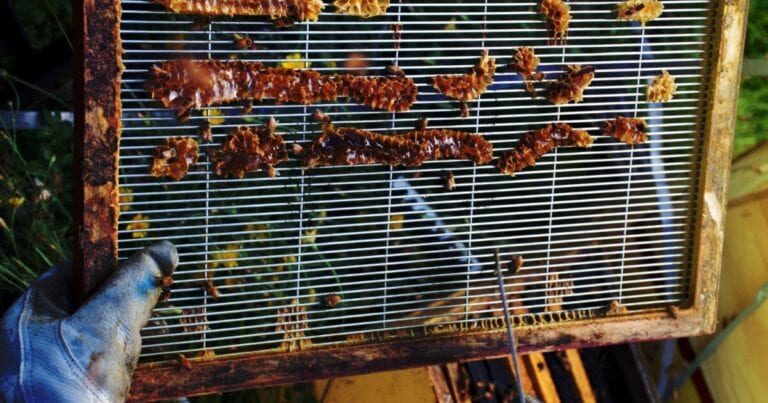Weird and Wonderful Bee Homes
Weird and Wonderful Bee Homes Just like human homes, bee houses come in many shapes and sizes, dating right back to their appearance in the…
Weird and Wonderful Bee Homes
Just like human homes, bee houses come in many shapes and sizes, dating right back to their appearance in the wild.
Did you know that a “hive” is only the accurate term for the human-made house for bees? Hives are built as to ensure easy access to these animals and honey by beekeepers, but in the natural environment, bee-homes are called nests, and can occur in a variety of places. The main requisite for a bee nest is somewhere sheltered and safe. Honey bees use many different locations, both above and below ground, to make their homes. These include caves, rock cavities and hollow trees as natural nesting sites; in residential areas, bees can inhabit cavities such as house walls, the floor cavity of multi-storey buildings, letter boxes, meter boxes, chimneys and compost bins. In warmer climates they may occasionally build exposed hanging nests. Basic and odd, nests themselves come in a variety of shapes and sizes; in one form, the bees smooth bark on the outside of the hive, and the cavity walls are coated with a thin layer of hardened resin (propolis) made from plants.
In China’s Hubei province, there is a remarkable sight. Here, over 700 beehives were pinned to a steep cliff face to provide a habitat for their native bee population. The sight is seriously incredible, and local villagers have been completely stunned and amazed by the installation, apparently likening the hives to tiny wood huts, coffins and even spirit homes! And they do look otherworldly indeed, as they hang, enmasse, 1200 metres above sea level on Muyu Village’s Guanmen Mountain. Native and Asiatic honeybee populations are declining in Asia too, so efforts like this– to make a kind of city for bees– will hopefully encourage an increase in numbers.
Other grand bee-homes also exist in other parts of the world. One very impressive hive was built in Kew’s Royal Botanical Gardens in Sussex. This epic structure is a geometric installation featuring an immersive sight and sound experience. Made from 170,000 pieces of aluminum, the Hive looks like a twisting swarm of bees from the distance; however, as you approach the structure, you see that it is a hive-like building made from much latticework. A low hum emanates and hundreds of flickering LED lights draw you into the multi-sensory installation piece. However, what is incredible is that these vibrations– of light and sound– are actually generated by honeybees in a hive at Kew that is connected to the sculpture; in other words, the sculpture is triggered in real time by actual bee activity. The Kew hive was created and built by engineers Simmonds Studio, architectural practice BDP and York-based Stage One, and received first prize for the best pavilion at the Milan Expo, whose theme was “feeding the planet”. In a final note, the Hive’s soundtrack has been said to be incredibly meditative– it is a collaboration between UK space rock band, Spiritualized, and a 40,000 strong honeybee colony: priceless!




